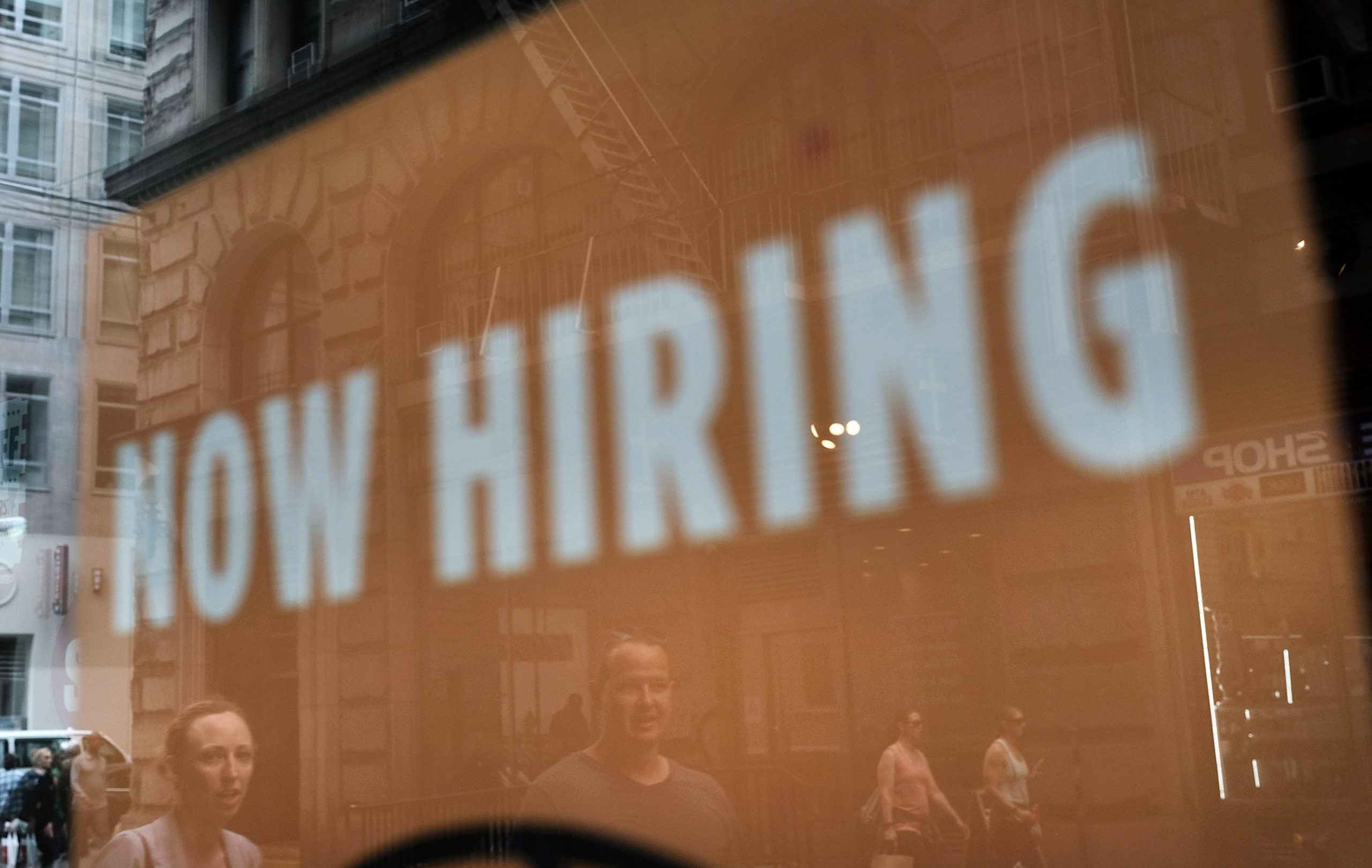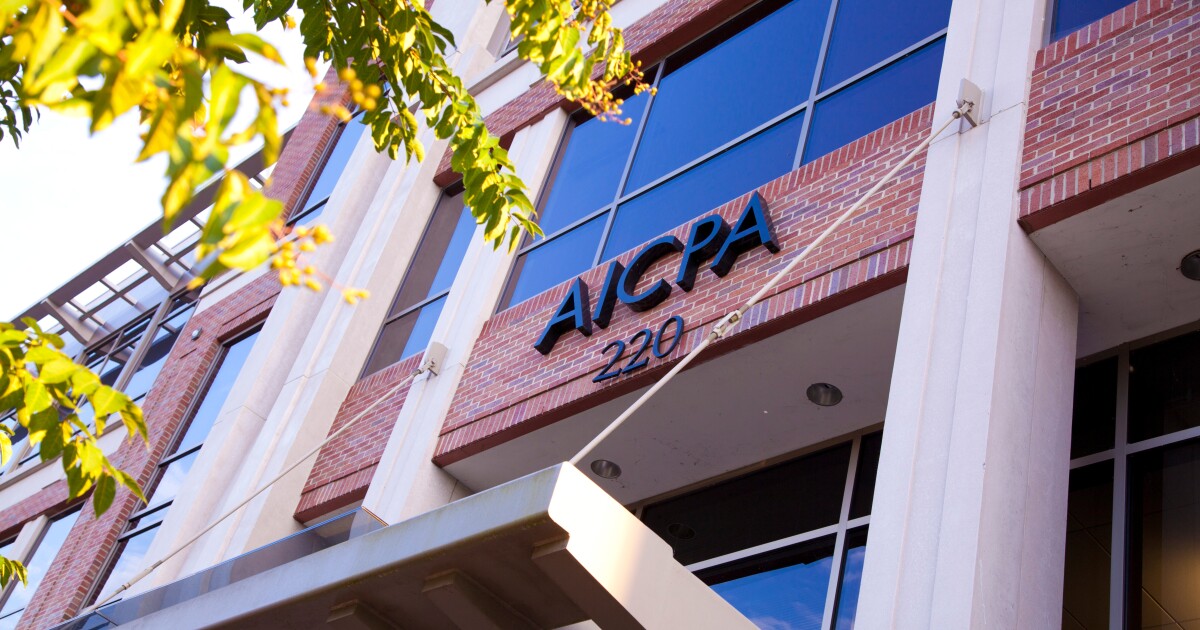It’s known as the September Surge: when employers begin boosting hiring as summer ends and Q4 performance tracking commences. And this year, it’s garnering more attention than ever.
The hashtag “SeptemberSurge” recently trended on TikTok, with nearly 6 million views and multiple videos about the trend.
Why the sudden interest in the ramped-up hiring that takes place in the fall?
WTW’s John Bremen, chief strategy, innovation and acceleration officer, says 2023 may feel different because one could argue the last three years have represented a non-stop surge of sorts. Given the disruption of the pandemic and trends like the Great Resignation and quiet quitting, employers have been facing unprecedented hiring pressure throughout the year.
As COVID-19 has subsided and some experts are predicting shifts in the labor market to put some control back in the hands of employers, this summer was perhaps finally quieter and more “normal” on the hiring front. And that makes the fall hiring boom—because it extends long beyond the end of September, experts say—feel even more frantic than usual.
However, Bremen cautions, employers can stay ahead of the game by developing and applying consistent hiring strategies, no matter the time of year.
“I’d say that employers should follow sound hiring practices regardless of when they are doing it, or how many roles they are trying to fill,” he says. “And of course it can be even more important during mass hires.”
Hiring boom: A ‘trend’ with a long history
While there is some debate among experts about the existence of a post-Labor Day hiring boom, Bremen is a true believer.
According to Bremen, the September Surge is a phenomenon that has existed for a long time—dating back to the Industrial Revolution, as factories geared up for fall production after the summer lull.
“Even in today’s far more diverse and advanced economy, workers and customers alike tend to have different patterns over the summer, and businesses respond accordingly,” he says. Then, he adds, in the fall, things get busier, both because of the increase in market activity and planning for the upcoming year.
“Not all industries are the same—some are counter-cyclical—but many experience this pattern,” he says.
According to Sheila Flavell, COO at FDM Group—a global firm in the recruiting, training and talent deployment sector—while January remains the hottest month for hiring, there is a noticeable increase in job seekers and job vacancies between Labor Day and Halloween.
Benefits of hiring early
Along with bouncing back from a summer lull, Flavell says, this fall surge is driven by seasonal hiring, Q4 preparation and planning for the new year—and successfully recruiting and hiring early can have wide-ranging impacts on the business.
For instance, with seasonal hiring, some businesses—particularly retail—have an increased need for new employees leading up to the holiday season. Flavell adds that proactive recruitment and training help to keep productivity and morale high while avoiding the potential costs and disruption of understaffing, particularly during busy periods like Christmas.
With Q4 preparation, employers that recruit in September are better prepared for the final push to meet year-end targets. If a business’ hiring process is particularly lengthy, starting the recruitment process in the early fall can ensure new hires are ready to go when the New Year arrives. It also helps to avoid the even busier hiring period in January.
“September brings with it a sense of renewed energy and focus,” Flavell says. “This transition from summer vacation to the normal pace of work introduces a key opportunity that employers can leverage: an expanding pool of potential job candidates.”
Credit: Source link











